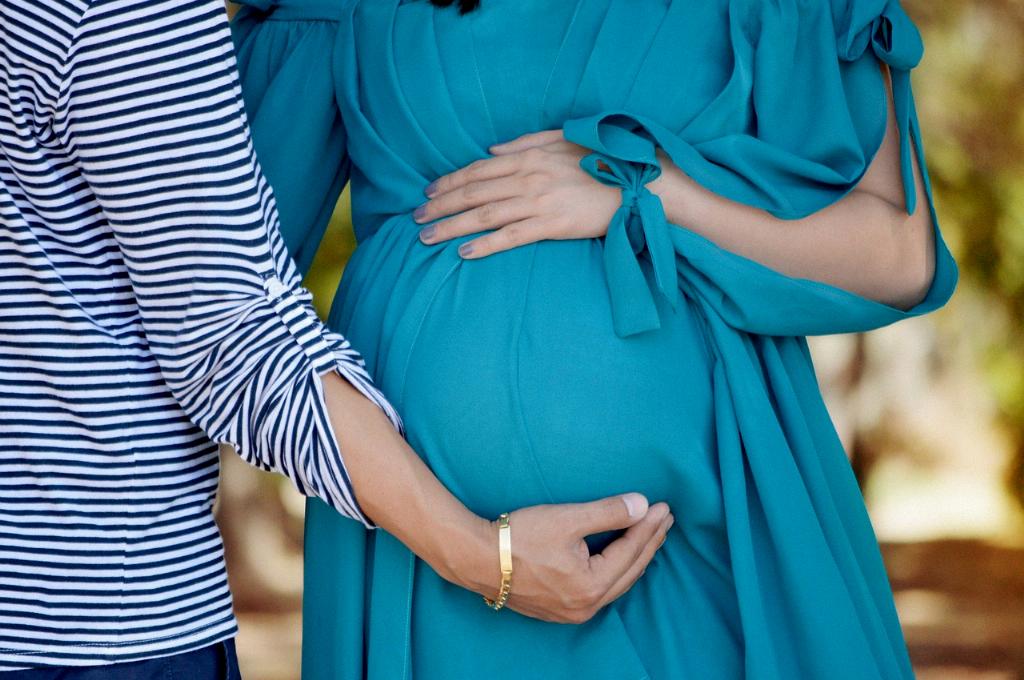For women considering tubal ligation, also known as getting their tubes tied, it’s important to understand the requirements involved. One key aspect to keep in mind is that the decision to undergo this procedure is a significant one, as it is considered a permanent form of birth control. Before moving forward, it is essential to meet certain criteria to ensure that the process is appropriate and meets individual needs.
First and foremost, it is vital to have a discussion with your healthcare provider if you are interested in getting your tubes tied. Your doctor or clinic will provide you with essential information about the procedure, its implications, and what to expect before, during, and after the surgery. This initial consultation is crucial as it allows both you and your healthcare provider to assess whether tubal ligation is the right choice for you.
Age is a crucial factor when it comes to the requirements for a woman to get her tubes tied. In the United States, for Medicaid or other federal programs to cover the cost of tubal ligation, a woman must be at least 21 years old. This age requirement is in place to ensure that individuals are of legal age to make decisions regarding their reproductive health and to carefully consider the permanent nature of the procedure.
Signing a consent form is another essential requirement for women seeking to get their tubes tied. This consent form serves as formal documentation of your decision to undergo tubal ligation and must be signed at least 30 days before the procedure. This waiting period is in place to offer individuals the opportunity to reflect on their choice, ask any remaining questions, and ensure that they are fully informed before moving forward.
It’s important to note that the decision to get your tubes tied should not be taken lightly, as it is considered a permanent form of birth control. While the procedure is highly effective in preventing pregnancy, it is generally not recommended for individuals who are uncertain about their desire to have children in the future or who may want to explore other contraceptive options.
When considering tubal ligation, individuals should also be aware of the potential risks and complications associated with the procedure. Like any surgery, there are inherent risks involved, such as infection, bleeding, or anesthesia-related issues. By discussing these risks with your healthcare provider and understanding the possible outcomes, you can make an informed decision about whether tubal ligation is right for you.
Additionally, it’s essential to consider your overall health and well-being when contemplating tubal ligation. Your healthcare provider may conduct a thorough medical evaluation to ensure that you are in good health and that there are no underlying conditions that could complicate the procedure. By addressing any concerns or medical issues beforehand, you can help ensure a successful outcome.
Furthermore, discussing your options for birth control with your healthcare provider is crucial before deciding to get your tubes tied. While tubal ligation is a highly effective form of contraception, there are other methods available that may better suit your needs or preferences. Your healthcare provider can provide information on alternative birth control options and help you make an informed decision.
Emotional readiness is another important aspect to consider when thinking about getting your tubes tied. As this procedure is permanent, it is essential to feel confident in your decision and be emotionally prepared for the outcome. Taking the time to reflect on your choice, discuss your feelings with your healthcare provider, and consider the long-term implications can help ensure that you are mentally prepared for tubal ligation.
It’s crucial to have a support system in place when undergoing any significant medical procedure, including tubal ligation. Whether it’s family, friends, or a partner, having a support network can provide emotional reassurance, practical assistance, and comfort throughout the process. Sharing your decision with loved ones and seeking their support can make the experience more manageable.
Before getting your tubes tied, it’s essential to have a thorough understanding of the procedure, including what to expect before, during, and after surgery. Your healthcare provider will provide you with detailed information about the process, potential side effects, recovery time, and post-operative care instructions. By being well-informed, you can approach the procedure with confidence and peace of mind.
Ultimately, the requirements for a woman to get her tubes tied involve careful consideration, discussion with healthcare providers, meeting age criteria, signing a consent form, understanding the risks and benefits, assessing emotional readiness, and having a support system in place. By taking these factors into account and making an informed decision, women can determine whether tubal ligation is the right choice for them and their reproductive health.

